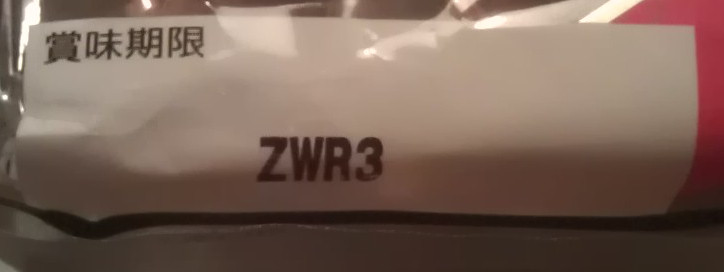I've noticed some Japanese food products (particularly snacks?) use some sort of non-standard code for their "best before" dates. Not all codes seem to be of the same type, so I suspect there may be more than one, maybe even vendor-specific?
An internet search for what I thought would be relevant terms (in both English and Japanese) turned out nothing more than general explanations of Japanese food labels, mostly addressed to tourists.
All three examples below are of Japanese products from different companies, recently bought in the US.
What do these codes mean? How do I know what dates they refer to?

FWIW, I have no idea if this question is on topic here, but this is the closest I could guess to be applicable. If not, please accept my apologies and migrate to proper site.


